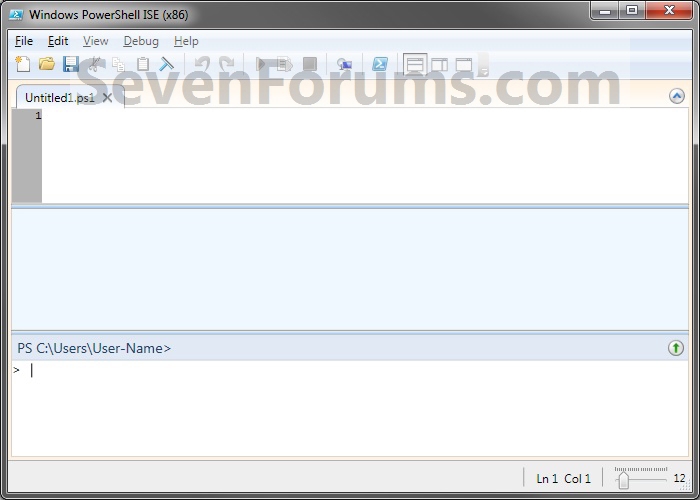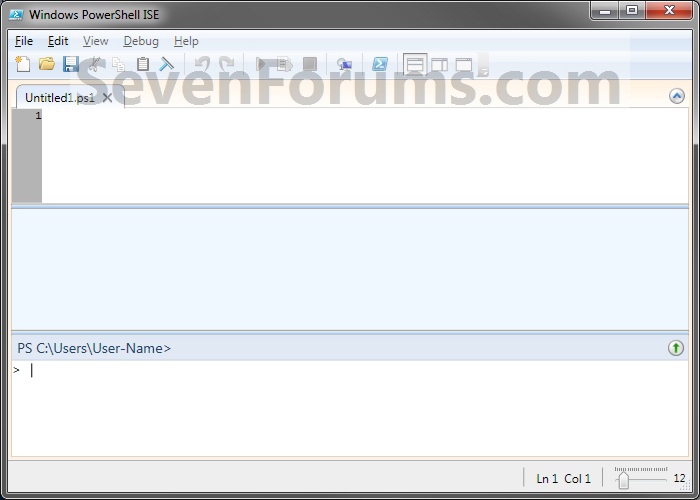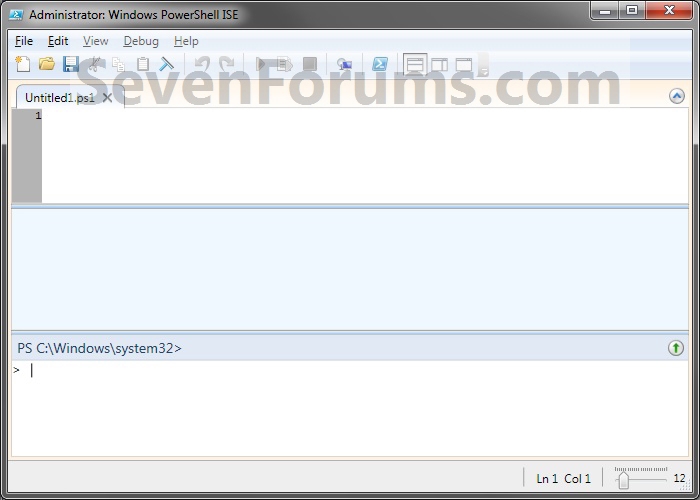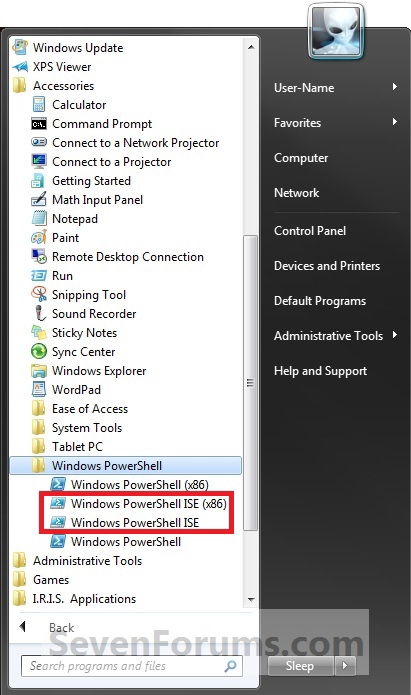How to Open Windows PowerShell ISE in Windows 7
InformationWindows PowerShell is a command-line shell and scripting environment program included in Windows 7 that brings the power of the .NET Framework to command-line users and script writers to help IT professionals and power users control and automate the administration of the Windows operating system and applications that run on Windows. It introduces a number of powerful new concepts that enables you to extend the knowledge you have gained and the scripts you have created within the Windows Command Prompt and Windows Script Host environments.
The Windows PowerShell Integrated Scripting Environment (ISE) is a host application that enables you to write, run, and test scripts and modules in a friendly environment. Key features such as syntax-coloring, tab completion, visual debugging, Unicode-compliance, and context-sensitive Help provide a rich scripting experience.
This tutorial will show you how to open the PowerShell Integrated System Environment (ISE). For more detailed information on PowerShell ISE, see: Windows PowerShell Integrated Scripting Environment (ISE) Help
EXAMPLE: Windows PowerShell ISE
NOTE: If you have 64-bit Windows 7, then you will have both a 32-bit (x86) (top left screenshot below) and 64-bit (top right screenshot below) version of Windows PowerShell ISE. You can also use Run as administrator on both of these versions to open a elevated Windows PowerShell ISE (bottom screenshot below).
Here's How:
1. Open the Start Menu, click on All Programs, expand Accessories, and expand the Windows PowerShell folder. (see screenshot below)That's it,
2. If you have a 64-bit Windows 7
A) Click on the Windows PowerShell ISE (x86) shortcut to open a 32-bit Windows Powershell.3. If you have a 32-bit Windows 7
NOTE: This file is located at: C:\Windows\sysWOW64\Windowspowershell\v1.0\powershell_ise.exe
B) Click on the Windows PowerShell ISE shortcut to open a 64-bit Windows Powershell.
NOTE: This file is located at: C:\Windows\system32\WindowsPowerShell\v1.0\powershell_ise.exe
A) Click on the Windows PowerShell ISE shortcut to open Windows Powershell.4. To have Windows PowerShell "Run as Administrator"
NOTE: This file is located at: C:\Windows\system32\WindowsPowerShell\v1.0\powershell_ise.exe
A) In step 2 or 3 above, right click on the shortcut (Start Menu) or file, and click on Run as administrator.
Shawn
Windows PowerShell Integrated System Environment (ISE)
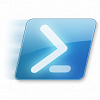
Windows PowerShell Integrated System Environment (ISE)
How to Open Windows PowerShell ISE in Windows 7Published by Brink
Related Discussions


